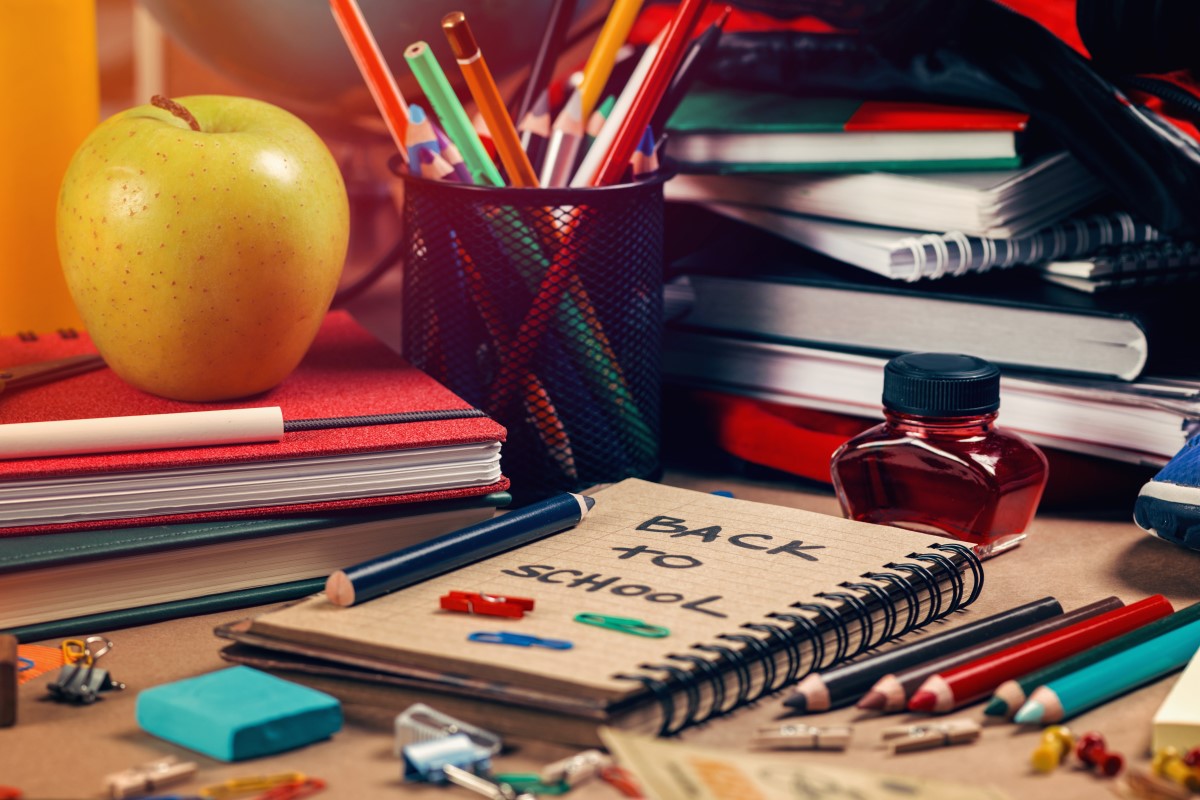
There are a few things to keep in mind when choosing life jackets for your children. You should know what they do, how they do it and why your child needs one. A life jacket is always safer than water wings. Read more about the Dangers of Water Wings to learn more. Life jackets are designed to prevent drowning. Now that your child has started to swim, get them a life jacket to give both of you peace of mind.
Here’s what you need to know about life jackets for kids:
Why choose a life jacket?
A well-fitted life jacket allows swimmers to move freely. At the same time, it provides floatation assistance through the torso. In doing so, children are able to use their arms and shoulders to rotate from the face-down to face-up position. Since buoyancy is provided through the torso children can more easily stay above water once they start swimming independently.
What is a life jacket and how does it differ from a Personal Floatation Device (PFD)?
The terms PFD and life jacket tend to be used interchangeably. According to the Canadian Red Cross, there are a few things to remember when it comes to comparing the two.
Personal Floatation Device:
- No collar
- Lightweight
- Allows swimmers to float, but does not flip swimmers over
- Lets swimmers more freely
Inflatable Personal Floatation Device:
- No collar
- Light and automatically inflates when immersed in water or when blown up
- Helps swimmers float, but is less likely to turn swimmers over
- More comfortable
Life Jacket:
- Large collar
- Bulky
- Turns swimmers over from back to front
- Restricts movement
There are pros and cons to all types of floatation devices. However, life jackets are the safest for children. It’s better to be safe than sorry!
How to choose a life jacket for my kid?
A life jacket should do the following:
- Fit snugly and not slip over the child’s chin and ears
- Have a safety strap between the legs
- Be tested in the water
A life jacket should be no higher than three inches above a child’s shoulders. This means it is too big. The safety strap stops the life jacket from slipping over your child’s head. When testing out life jackets, be sure to do so in shallow water.
Be sure the life jacket label matches your child’s weight. Remember life jackets for kids do not come in one size fits all. A life jacket will not “fit” two or more of your children. It can properly fit one of them or in some cases, none of them.
A life jacket should help children be visible in the event of an emergency. This is especially tre in the open water. Pick a brightly colored jacket like yellow, orange or red. Also, make sure it’s approved by Transport Canada or the United States Coast Guard.
Where can I buy a life jacket?
Life jackets are found in stores that carry outdoor sporting goods. Stores include: Walmart, Dick’s Sporting Goods and Canadian Tire. You can also find them online on Amazon, eBay and AliExpress.
Tips for optimizing life jacket use:
Always be sure to:
- Fasten and adjust straps without making them too tight to ensure comfort
- Attach a whistle to a life jacket’s zipper while boating for children to use in an emergency
- Drying and storing after use ensures life jackets last several years
By following these tips, you can have a life jacket that lasts a long time.
Remember a life jacket or PFD does not replace adult supervision. Children should be within arm’s reach and wearing a proper floatation device at all times.




